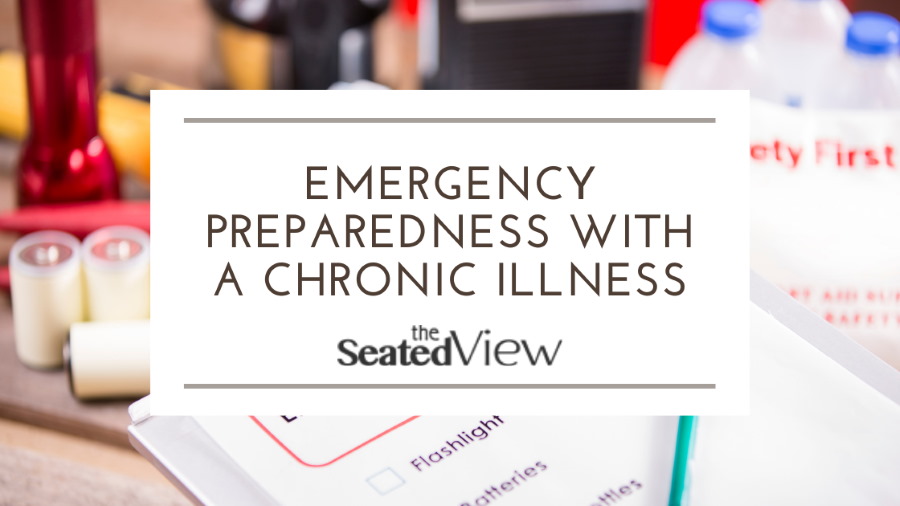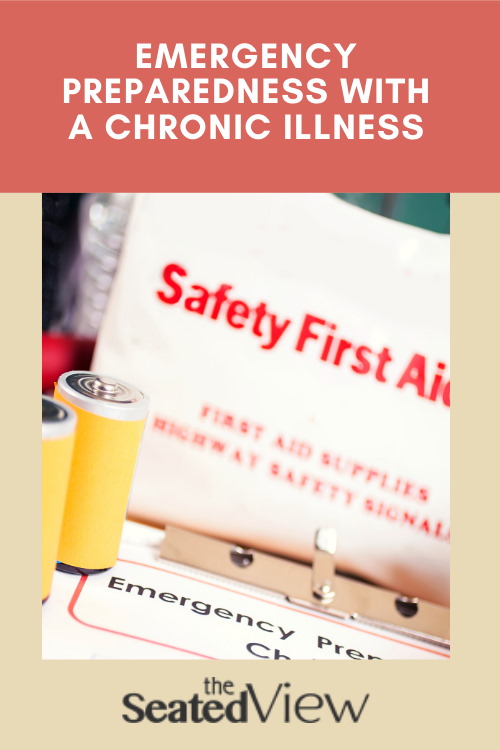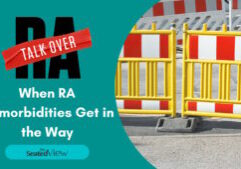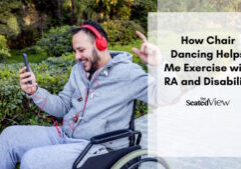Emergency Preparedness with a Chronic Illness or Disability

Updated April 20, 2024
Big and scary emergencies are thankfully rare occurrences, but when they happen, those of us who live with chronic illness and disability may have challenges that others don’t experience. Part of your emergency plan will be the same as your healthy and able-bodied neighbours, but you will also need to make plans that specifically consider your condition. In this post, I share suggestions for how you can be prepared for an emergency.
Your basic emergency kit
The general recommendation for an emergency kit is that it includes enough supplies that you and your family can survive for at least three days (72 hours). When something big and bad happens — icestorm, hurricane, massive blackout — that’s about the average time for essential services to get back on track.
This post may contain affiliate links. If you click on the link and make a purchase, I receive a small commission at no cost to you. Read more on my disclosure page.
Thank you for supporting The Seated View!
The kit should include 1 gallon or about 4 litres of water per person per day — half for drinking, half for cleaning, cooking and sanitation. Include non-perishable food, flashlights, candles and matches, a first aid kit, and a battery-powered or handcrank radio. Write down the list of the doodads and appliances that need batteries and make sure you have a stash of new ones for each, and regularly recharge items. This can include:
- Flashlights batteries.
- Battery-operated candles or camping laterns.
- Radio batteries
- Back-up cellphone charger.
- Backup generator (you should consult an expert on this)
Now that we have all been part of the COVID-19 pandemic, we also know it’s important to have store of non-perishable foods that can last your family a few weeks, as well as toilet paper! If you have pets, make sure you have enough food, water, and potentially medication for each of them, as well.
FEMA’s website has a list of additional items for the kit. If your condition affects your hands, include a battery-operated can opener in your kit so you can open the canned food.

Your chronic illness/disability emergency kit
When you have a chronic illness, your emergency kit isn’t just about food, water, and other general supplies — it also includes measures to prevent your health from taking a nosedive, as well as getting the help you need.
Your kit should include at least a three-day supply of your medication and any medical supplies you use (gloves, masks, incontinence supplies, and so on). Keep your medication in the original containers that show both the name of your doctor and your pharmacy. If your medication needs to be refrigerated, have a stash of ice packs in your freezer, as well as a cooler bag, to extend the life of your meds. You should also include a conversation with your pharmacist in your prep work. For instance, I recently found out that although my biologic medications for RA is stored in the fridge, it keeps its potency for several weeks outside the fridge.
The recommendation of having at least a three-day supply of medication may present a challenge if you receive drug benefits or have signed an opioid treatment agreement as these may not allow you to save up a small stash. Talk to your prescribing doctors or benefit caseworker about your emergency prep to find a way that allows you to continue your treatment and prevent withdrawal in an emergency. If you do have a treatment agreement for opioids, include a copy of that in your kit, as well.
Those who use battery-operated mobility equipment, such as a power wheelchair or ventilator, get a little green around the edges at the mere notion of an interruption in power. Talk to your mobility vendor about ways to ensure the continued functioning of vital equipment during emergencies. As well, if you rely on attendants or caregivers coming in to help you in a daily basis, have a backup plan in case they are unable to get to you. It’s also a good idea to know where the nearest accessible shelter is and how to get there.
Most areas have a specific emergency preparedness plan for people with disabilities and this could be particularly helpful if you have limited mobility. You can find more information about this topic on the CDC website in the US. In Canada, the Ontario government has published an emergency preparedness guide for people with disabilities. A quick Google or call to your City Hall should help you get information about local information, such as how to access emergency accessible transportation and shelters, ASL interpretation, and more.
Your kit should also include a list of your doctors with their contact information, a copy of any medical documentation you have, and contact information for your next of kin or power of attorney. If you don’t have a Medic Alert or similar medical ID, get one now. If you do have one, update your information every 6 months or so, as required.
Preparing your home
But you’re not done yet! There are a number of things you can and should do in your home and community to prepare for potential emergency
When the weather forecast promises bad weather, your first step is to make sure that fallen leaves aren’t blocking important areas. Clear window wells, outdoor stairwells, eavestroughs and storm drains so water can flow freely. Check if the trees on your property look healthy or if certain branches look like they’re ready to snap off. Patio furniture or decorations can turn into projectiles in a strong wind, so put them inside when the weather report talks of high winds and storms.
If your smartphone is your only phone you have, this may not create a problem. When the battery runs down, you have no ability to communicate with others. As well, mobile phones depends on a network, but they can get overwhelmed in emergencies and cell phone masts also run out of power. A land line is your best option and it can be relatively inexpensive to get a bare bones account. Cordless phones and modem-lines rely on electricity, so you need to go back to the most basic of basics: a non-modem corded landline that plugs into a jack.
Helping each other get through
Does your condition mean that you need help during an emergency? Setting up a support network well in advance means everyone knows how to help you stay safe during an emergency. Talk to your family, friends, neighbours and service providers so you have a backup in case of emergency — and you may be able to help them, too. It’s always a good idea is to have a backup key safe at a neighbour you trust. But for those of us who need physical assistance, planning for emergencies can mean having more than one person who safeguards an extra key to your place, as well as a plan about how you can help each other should things go sideways.
Being prepared can help you get through an emergency experience with just a bit less stress. Preparing may sound exhausting and leave us tempted to delay (and never get there… Again). But should an emergency happen, you will be relieved that you were as ready as possible.

Tag: .disability, blackout, chronic illness, chronic pain, emergency preparedness, hurricane, icestorm, prepper, rheumatoid arthritis
Read More
Discover what else I've been writing about...















